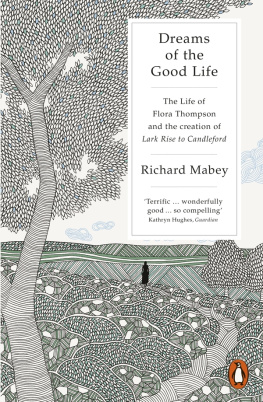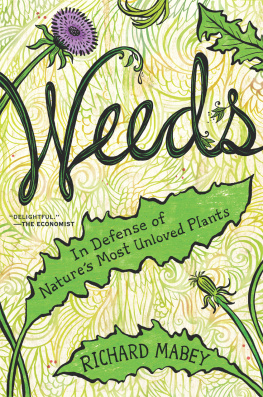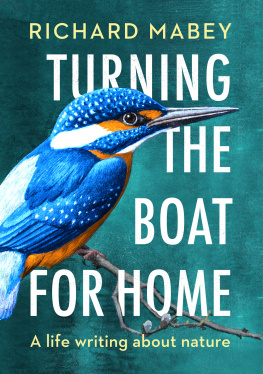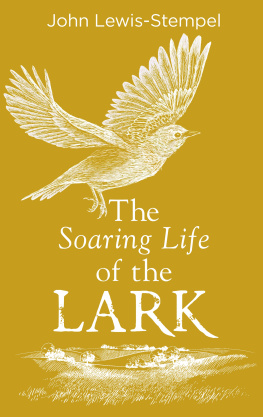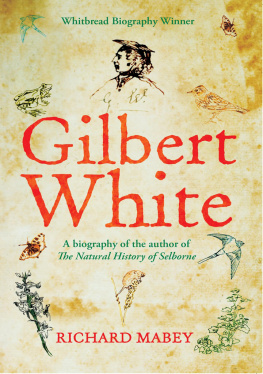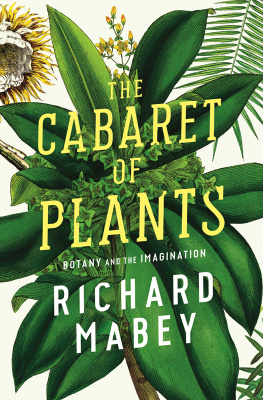Contents
Acknowledgements
Writing about a person as private as Flora Thompson, who lived most of her life some way outside the chattering world of mainstream literature, raises particular problems for a biographer. The usual reference sources are meagre in the extreme. Little of her correspondence survives, and her life even when she had become a professional writer passed almost unremarked by her literary contemporaries. So I am hugely grateful to those early researchers and writers who did the hard graft of burrowing in archives and record offices to put together the outlines of Floras life: Margaret Lane, whose essay of 1957 was the first short biographical sketch; Gillian Lindsay for her more exhaustive study in 1990, written when there were still people alive with personal memories of Flora Thompson; Christine Bloxham, who has uncovered fascinating details about Floras family and relatives; John Owen Smith, editor and publisher, who has done so much to bring Floras unpublished manuscripts and unanthologized journals into book form; and Ruth Collette Hoffman, for her rigorous analysis and categorization of the whole body of Floras work (full details of their books are in the Sources section at the end of the book).
Special thanks are due to the late Anne Mallinson, who first introduced me to Flora Thompsons work back in the 1970s, and who was a pioneer in championing Floras work; and to Adam Freudenheim, late of Penguin, who originally commissioned this biography. Friends and colleagues who have provided source material, insights, wisdom and companionship on field-trips, include Ronald Blythe, Jon Cook, Gill Mabey, Robert Macfarlane, Leo Mellor, the late Richard Simon, Sean Street and Gavin Weightman. Thanks also to the Bodleian Library, the Oxfordshire County Record Office and the Castle Museum, Buckingham. My agent Vivien Green and my publisher/editor at Penguin, Helen Conford, kept faith with the book and helped to re-set the books compass after a rather erratic first draft. Jane Robertsons copy-editing was diligent beyond the call of duty, especially with my fallible transcriptions, and Stephen Ryan was a meticulous proof-reader. Polly, as always, endured the trials of being a writers partner with immense patience and kept my confidence afloat at those inevitable times when I imagined the book to be in danger of sinking.
Most of all I must thank three people: Alexandra Harris for her insightful remarks about cultural life in the inter-war years and, in the gentlest of ways, for pointing out instances of thoughtless male bias in the writing; Rose Tremain for a stray remark she made about the business of characterization in fiction, which she wont remember but which opened up a whole new perspective on Floras work; and finally to Richard Holmes for his support and wise counsel throughout the writing of the book, and at the end for an act of extraordinary friendship and generosity: turning a somewhat muddled, apologetic first draft into a real narrative by an act of literary origami. He refolded my material into a different shape with the loss of only a few of my original pages. Any remaining infelicities are mine alone, and to him and Rose this book is dedicated.
For permission to use copyright material, I am enormously grateful to John Owen Smith and Gillian Lindsay for allowing me to use freely material from their books; to the Harry Ransom Center, the University of Texas at Austin, for permission to use extracts from documents in their Flora Thompson archives and for making them available to me in digital form; to Elizabeth Swaffield and the Flora Thompson Estate for permission to quote from copyright material; and to the Oxford University Press for permission to use extracts from Lark Rise to Candleford. The extract from The South Country from Complete Verse by Hilaire Belloc (Gerald Duckworth & Co., 1970) is reprinted by permission of Peters Fraser and Dunlop (www.petersfraserdunlop.com) on behalf of the Estate of Hilaire Belloc.
1. Juniper Hill: a gentle rise in the flat
The hamlet stood on a gentle rise in the flat, wheat-growing north-east corner of Oxfordshire. We will call it Lark Rise because of the great number of skylarks which made the surrounding fields their springboard and nested on the bare earth between the rows of green corn To a child it seemed that it must always have been so; but the ploughing and sowing and reaping were recent innovations. Old men could remember when the Rise, covered with juniper bushes, stood in the midst of a furzy heath common land, which had come under the plough after the passing of the Inclosure Acts.
Lark Rise to Candleford
Flora Thompsons life and work is a story of the relationship between people and place, and the two still refract each other even when her story is told in quite new ways.
In 2010, in the early stages of researching this book, I happened to stay the night in a farmhouse B&B in the folded limestone country near Bath. It was a balmy Saturday evening in September and, taking an amble around the farm, I came across something very curious, marooned in the yard. It had the look of a decrepit settlement, a recently abandoned village, a rural Mary Celeste. There were two rows of cottages facing each other, with a dusty track between them. The walls seemed to be made of stucco, not local Bath stone, and were stained with yellow lichen. There were clean curtains in the windows. The gardens were in good order, with sweet peas in flower and rows of fat cabbages. It was a vision of an English village as idyllic as a Helen Allingham painting except there was not a soul to be seen. I edged round the back of the cottages and realized they were two-dimensional. They had that element much prized by householders, faade, but nothing behind. The walls were shored-up plasterboard, painted with stone-coloured acrylic. The lichens were a clever piece of distressing, applied (with considerable botanical exactitude, I should add) by a paint-spray. And it dawned on me that I was wandering through some kind of reproduction, a simulacrum, though of what I hadnt the slightest idea.
Next morning, the proprietor the farmers wife was happy to explain. It was one of the sets for the television production of Lark Rise to Candleford. The BBC had leased the space at the back of the farm for the duration of the series. She was full of admiration for the set-designers, who, she said, had once been hired to conjure up an Arabian Nights fantasy for the wedding party of a rich sheikh. No wonder they had made such a convincing job of a humble Victorian hamlet. To tell the truth, the facsimile looked rather more authentic resting between series in the autumn sunshine than it did blazed yellow by floodlights and hoed free of weeds on the television screen.
The farmer had also leased to the BBC a large field adjacent to the mock village, so that a rough road could be made through the crops, which could in turn be sown and cut according to the filming schedule. The production team had not been so historically smart here, and had omitted to sow the poppies and cornflowers that would have adorned any nineteenth-century wheatfield. But that seemed a minor environmental anachronism compared to the huge geographical disjunction involved in moving the action to Wessex.
There were good practical reasons why the production team chose this site rather than the real (and still extant) settlements in north Oxfordshire where

